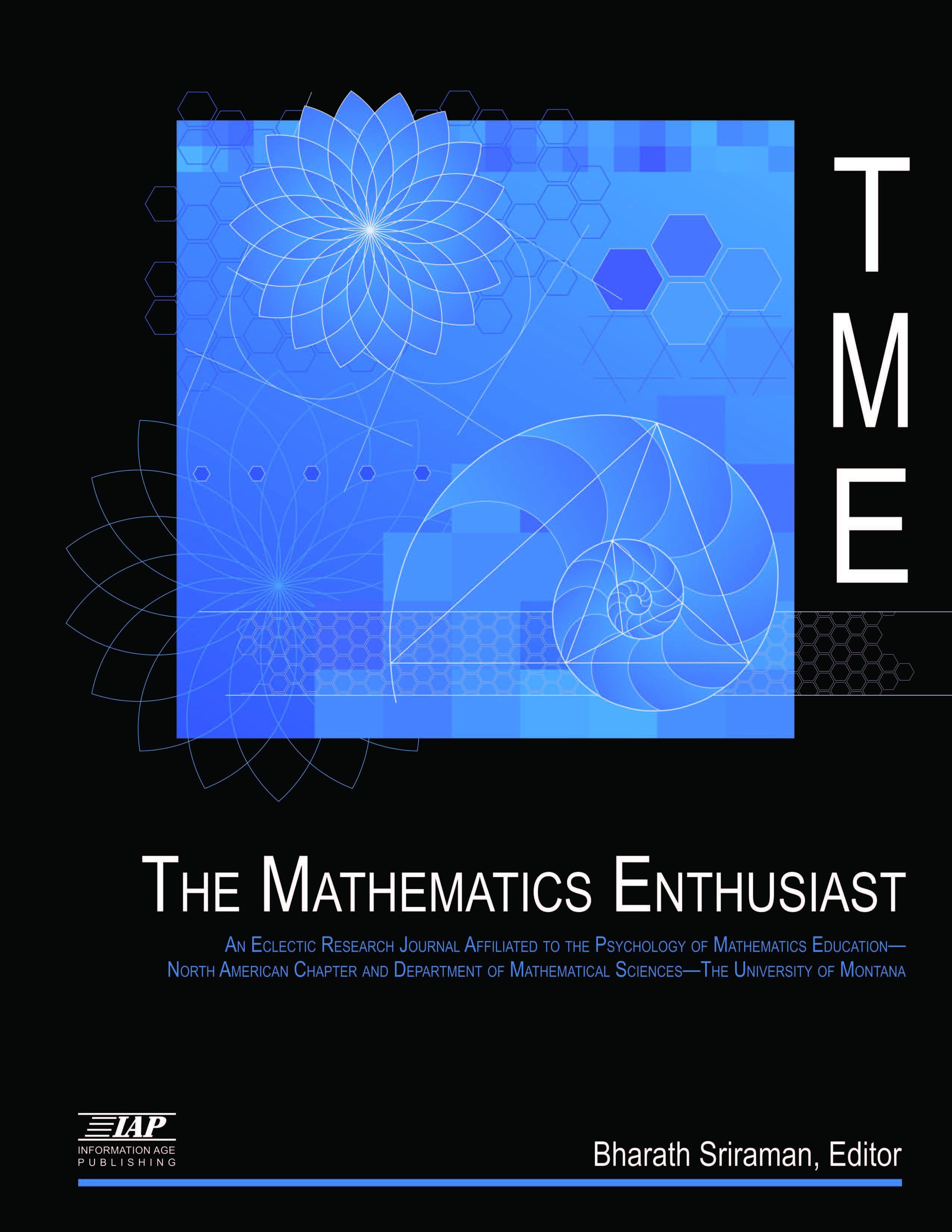
Volume
14
Issue
1-3
Abstract
Problem posing is recognized as a key component of mathematics (Ellerton, 2013). However, in many curricula, problem solving often dominates over problem posing (Stoyanova, 2003). This focus on problem solving exists despite research that shows that problem posing improves students' problem-solving skills, attitudes, confidence, understanding of concepts, and mathematical thinking (Singer, Ellerton, & Cai, 2013); reinforces basic mathematical skills, increases motivation, responsibility, and thinking flexibility (Ponte & Henriques, 2013); and is useful for teachers to assess students' cognitive processes, identify misconceptions, and modify instruction (Ponte & Henriques, 2013). Further, problem posing can play a large part in student motivation (McLeod, 1992). The potential for problem posing as a motivational tool in nonuniversity track mathematics classes has not received much attention. This case study examines a program based on problem posing, in six grade 11 consumer mathematics classes, over a 3-year period. The program was very successful across a number of dimensions, including engagement, motivation, self-efficacy, and achievement. This paper also examines models of problem posing, and suggests modifications to enhance their efficacy.
First Page
387
Last Page
412
Recommended Citation
Irvine, Jeff
(2017)
"Problem Posing in Consumer Mathematics Classes: Not Just for Future Mathematicians,"
The Mathematics Enthusiast: Vol. 14
:
No.
1
, Article 22.
DOI: https://doi.org/10.54870/1551-3440.1404
Available at:
https://scholarworks.umt.edu/tme/vol14/iss1/22
Digital Object Identifier (DOI)
10.54870/1551-3440.1404
